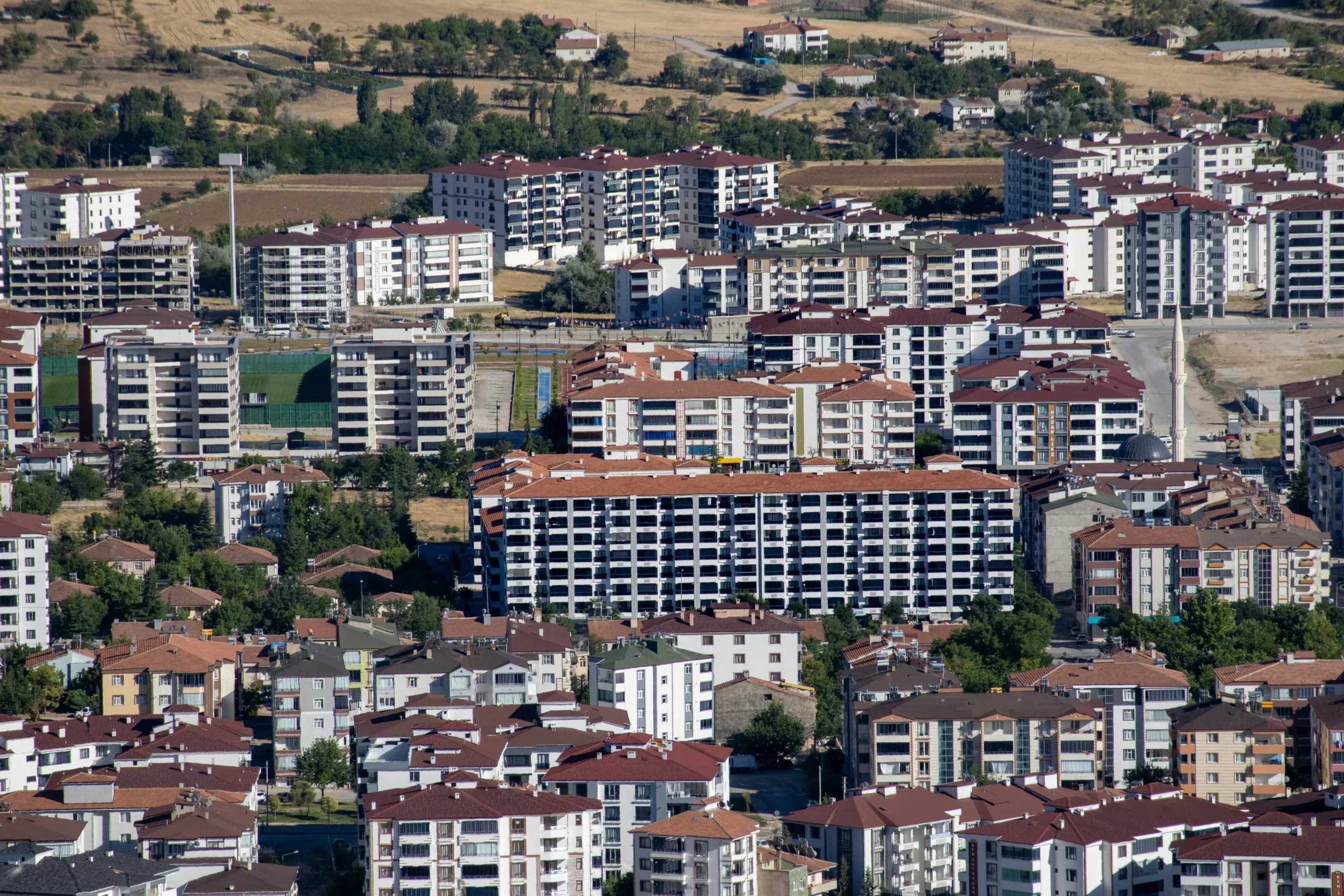- US banks modified $27.7B in commercial real estate loans in Q2 2025, marking a 66% year-over-year increase, per the St. Louis Fed.
- Rising interest rates, weaker tenant demand, and declining asset values are driving a wave of loan restructuring—particularly for loans originated during the low-rate era of 2019–2021.
- Lenders are adopting an “extend and pretend” approach to delay losses, raising questions about longer-term credit risk management in CRE portfolios.
Interest Rate Shock Sparks Mod Wave
Commercial real estate lenders are scrambling to mitigate risk as the fallout from higher interest rates continues to ripple across the market, as reported by GlobeSt.
According to the Federal Reserve Bank of St. Louis, the value of modified CRE loans surged to $27.7B in Q2 2025—a 66% increase from a year earlier.
Loan modifications, including reduced rates, extended terms, and deferred payments, are being used to help borrowers under financial stress. These measures, while stabilizing in the short term, also reflect how rapidly conditions have deteriorated.
Why It’s Happening
Many struggling loans were issued between 2019 and 2021, when interest rates were near zero. Investors took on more leverage, expecting continued low costs.
With today’s higher rates, those loans no longer make financial sense. Borrowers who can’t refinance or raise capital are putting banks at risk.
“Many loans… are either underwater or close,” said Ryan Alfred, CEO of Atrium. Without new funding, investors are walking away, forcing lenders to act.
The Extend-and-Pretend Era
Rather than recognize losses, many banks are choosing to extend loan maturities in hopes that conditions improve—a strategy often referred to as “extend and pretend.”
“Higher default risk means higher reserves for potential loan losses must be made,” said Creighton Oswald of FTI Consulting. This accounting impact, combined with regulatory scrutiny, is prompting banks to get ahead of potential defaults through modification agreements.
Get Smarter about what matters in CRE
Stay ahead of trends in commercial real estate with CRE Daily – the free newsletter delivering everything you need to start your day in just 5-minutes
What’s Next
The bigger challenge is on the horizon. A wave of loans from the low-rate era are set to mature, and many borrowers are struggling to refinance due to stricter lending terms and falling property values.
“A central pressure point is the approaching maturity wall,” said Carey Heyman of CLA. Refinancing hurdles include not just high borrowing costs but also weaker demand in key sectors such as office and retail, making value preservation difficult.
Why It Matters
The rise in CRE loan modifications underscores the sector’s fragility and the broader economic risk tied to commercial real estate. If conditions don’t stabilize—or if defaults rise—banks could face growing losses, and the CRE market could see further repricing.
With more maturities ahead, expect continued modification activity and a close watch from regulators, investors, and market participants alike.


















